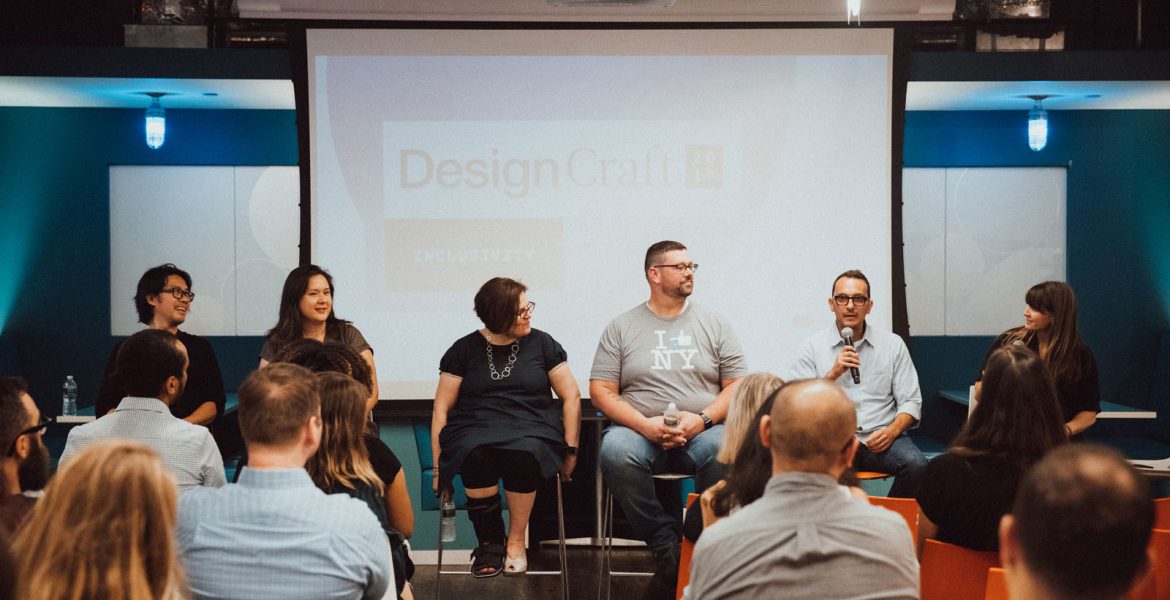We live in a world always in flux. Every generation has been faced with issues that demand immediacy, where governments, businesses, and cultures need to adapt and evolve to respond to issues as they’re faced—war, gender and racial inequality, access to healthcare and education. In our current world, where technology has given people better access to other people, but businesses a far greater power to influence behavior through the data commoditization of individuals, how can brands most effectively help impact social change?
Where government fails at times to impact change, let alone address issues, brands can confront. The right words from the right brand around big topics like healthcare can completely change the narrative around access to preventative care and information about mental health and personal wellbeing. In terms of topics like diversity and inclusion, a company like MasterCard can tackle the personal identity issue for non-binary and transgender communities, setting a precedent for how brand can use design to remove barriers in people’s lives.
But brands don’t always know the best ways to enter these uncomfortable conversations, and that’s where agencies need to do their part. As agencies, we need to help brands consider these issues, and the end-users they serve, more empathetically and beyond a purely transactional relationship. This is about more than advertising, apps and digital design. Our industry can help deepen the connection between brands and people, providing the tools and methodologies needed to address these issues, modernize companies and innovate where it matters most.
A forum for real change
It’s easy to say that brands need to positively influence that world, but it’s notoriously hard to pull off. Brands have tremendous responsibilities to their customers, to the broader industries they exist within and to the world. For the future health of their own business in a rapidly changing world, those responsibilities should be addressed, discussing how important issues impact their brand and, more importantly, their customers. But realizing that and then doing something are two different challenges.
Of course, brands can make bold product statements, they can create issue-specific advertising campaigns showing support for causes. But you can’t stop there or you’ll get hung up on surface-level solutions that are quickly losing favor. Instead, they must enact more institutional change – things like generating social welfare and impact wings of their business that create value beyond their product offering.
The reality is that brands need help figuring out how to begin this deeper change and design, advertising and digital agencies can act as better guides in navigating these nuanced conversations. When our industry is at its best, it’s creating forums for brands to have these debates and openly discuss the challenges and solutions that come with being an active part of the culture. That’s part of why my agency started DesignCraft, a community and speaker series that create an intersection of brands, design and technology leaders. These types of purpose-led private events can not only address issues but can inspire new perspectives and lead to new ways of partnering to tackle some of the biggest issues in society in a candid way – from diversity and inclusion to the effect of emerging tech like AI. Audience members, while also members of the brand community, can challenge ideas and propose new ones. Most importantly, they do it together, not only taking direction from their agency partners, but from each other. Every agency should facilitate that conversation.
Start a conversation
Ultimately, our industry needs to explore ways to engage and build a community for brands that not only explore ideas around the importance of craft, human-centered approaches to design, and other important industry topics, but how those approaches impact the world in positive and potentially negative ways. By involving panelists and participants with diverse perspectives, they can explore topics from more deeply-considered angles than if the conversation was involving people from the same industry.
Building a community around any issue in this way is hard work – different than creating a campaign, app, site or branding – but it allows partners, leaders and others within these communities to understand the responsibility of brands and designers to approach issues with diverse perspectives and empathy. While helping spark conversations is difficult, once those conversations start, the passion those in our industry have towards solving issues will organically grow and spread on its own – leading to a much better world.

